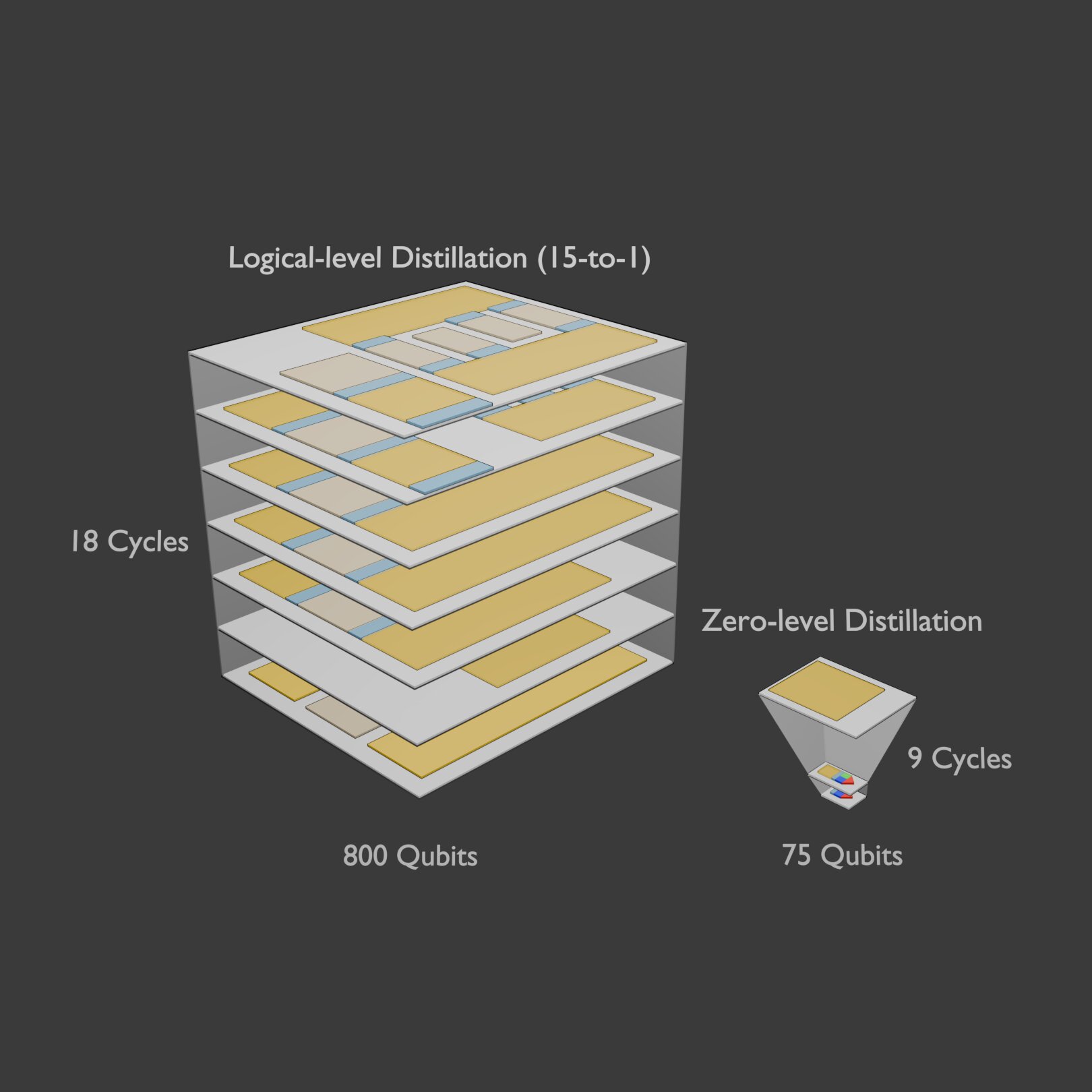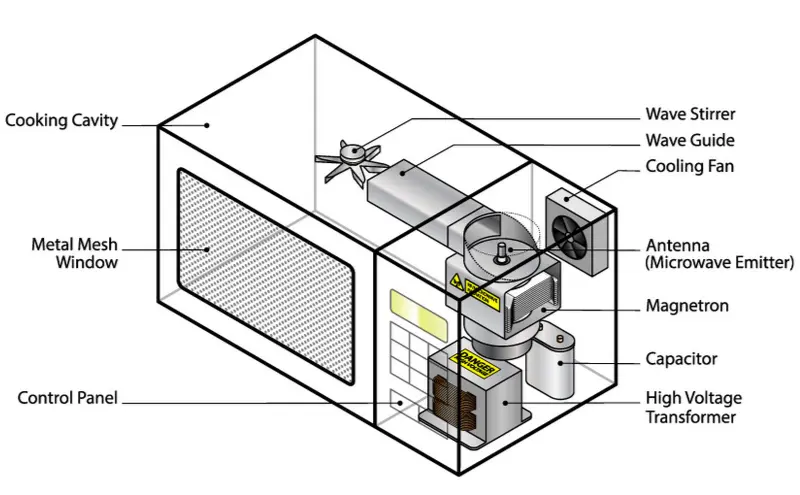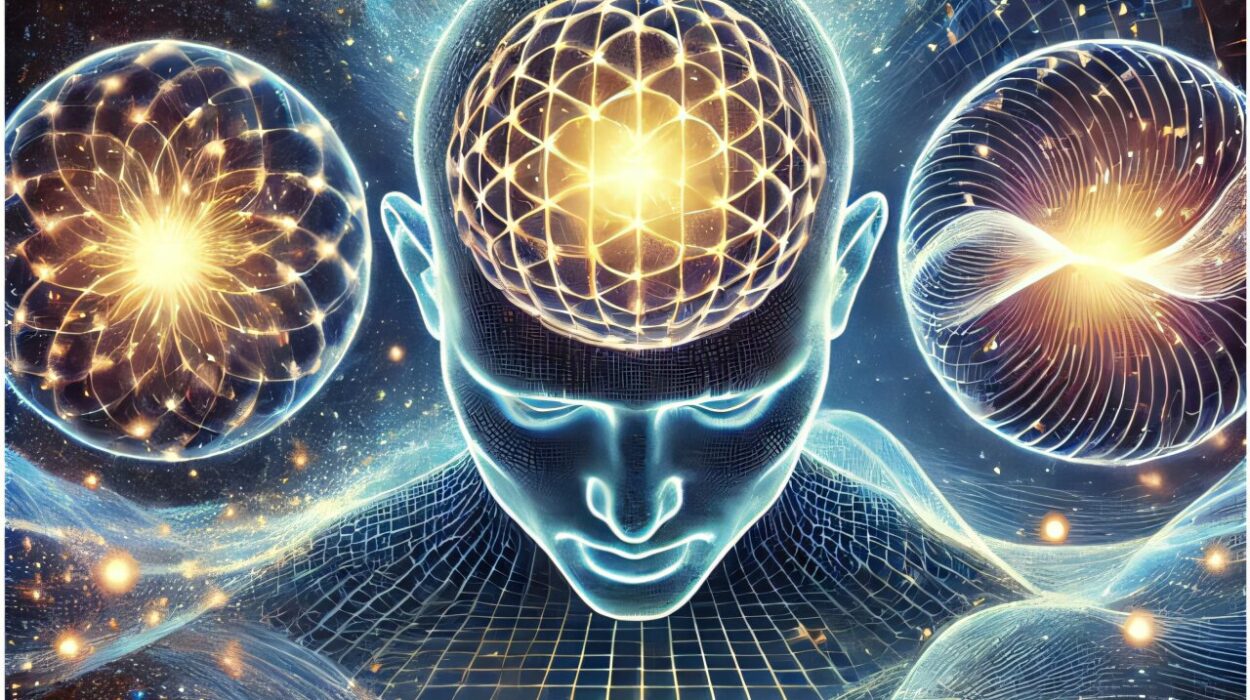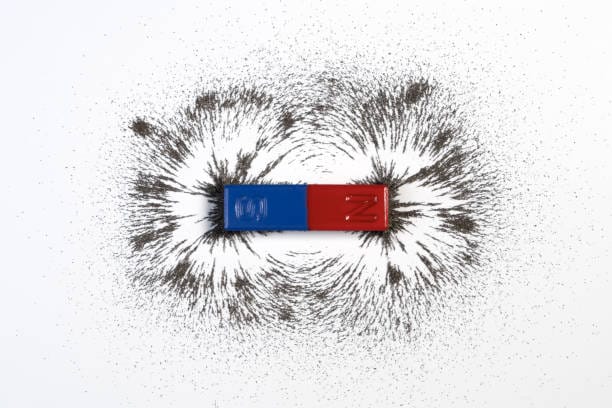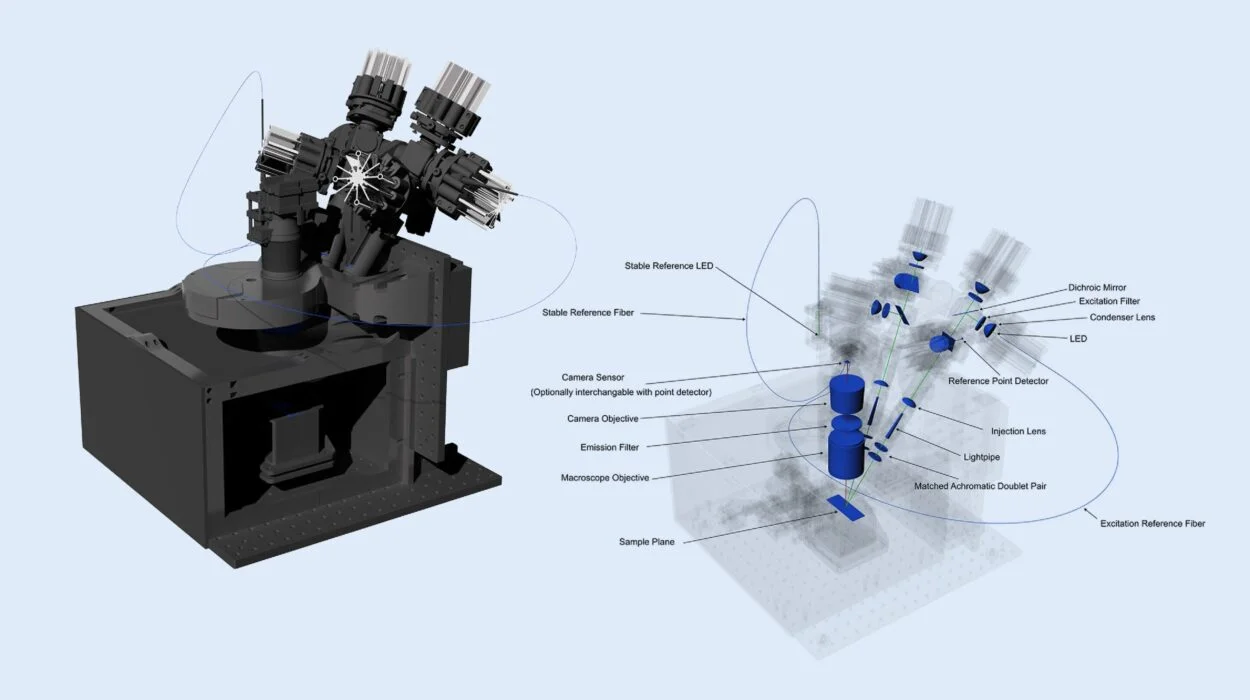For decades, the idea of quantum computing has sat tantalizingly on the horizon—promising a future where calculations that might take today’s supercomputers centuries could be solved in seconds. It’s a vision powered not by science fiction, but by the eerie principles of quantum mechanics: particles that can exist in multiple states at once, and become mysteriously linked across space.
But there’s always been a catch. Quantum computers are notoriously fragile. A whisper of heat, a stray photon, even cosmic background noise can throw them into chaos. Now, researchers at the University of Osaka may have solved one of the thorniest obstacles on the road to practical quantum machines—with a little bit of what they call “magic.”
Published in PRX Quantum, the study introduces a new, radically efficient technique for preparing “magic states”—a foundational requirement for error-resistant quantum computation. Their approach could slash resource demands by dozens of times, removing a major bottleneck in building scalable, fault-tolerant quantum systems.
It’s a quiet revolution, and it might just reshape the future of computation.
The Problem with Quantum: Noise and the Nightmare of Fragility
In classical computers—the laptops, phones, and servers we use daily—information is stored in binary bits: zeroes and ones. But quantum computers operate with qubits, units that can exist in a state of 0, 1, or both simultaneously thanks to a phenomenon called superposition. When qubits become entangled, a change in one can instantaneously affect another, regardless of distance.
This quantum weirdness allows for blisteringly fast parallel computations. Yet it also makes quantum systems deeply vulnerable to their environment.
“Quantum systems have always been extremely susceptible to noise,” says Tomohiro Itogawa, lead author of the study. “Even the slightest perturbation in temperature or a single wayward photon from an external source can easily ruin a quantum computer setup, making it useless. Noise is absolutely the number one enemy of quantum computers.”
The challenge, then, isn’t just building a quantum computer—it’s building one that can survive long enough to compute accurately.
Magic States: The Hidden Ingredient for Quantum Stability
To protect fragile qubits from the chaos of reality, researchers have long pursued fault-tolerant quantum computing—systems that can still deliver correct answers even in the presence of errors. One of the key ingredients for this is something called a magic state.
In essence, magic states are specially prepared quantum configurations that allow complex operations to be carried out reliably in an error-corrected framework. They’re called “magic” not because they’re mystical, but because they unlock computations that protected quantum circuits alone can’t perform.
However, making these magic states has always been a painfully expensive process—requiring thousands of additional qubits to distill just one high-quality state from a large number of noisy ones. This process, known as magic state distillation, has been a massive stumbling block in building practical machines.
“We wanted to explore if there was any way of expediting the preparation of the high-fidelity states necessary for quantum computation,” says Keisuke Fujii, senior author and quantum physicist at the University of Osaka.
A Breakthrough at the Ground Level
Inspired by this challenge, Itogawa and Fujii’s team developed a bold new approach: a “zero-level” or zeroth-level magic state distillation method.
Traditionally, magic state distillation takes place at abstract levels of computation—essentially working with encoded data already built upon physical qubits. But this new approach operates directly at the physical layer, the very base level of qubit hardware.
By distilling magic states at this ground level, the researchers bypassed much of the usual computational overhead. Their simulations showed a reduction in required resources by several dozen times—both in terms of space (number of qubits) and time (processing steps).
This means future quantum machines might not need massive rooms filled with thousands of qubits to perform useful calculations. Instead, leaner systems with far fewer resources could reach the same goals, accelerating the timeline for real-world quantum applications.
What This Means for the Quantum Future
If you imagine building a quantum computer like constructing a cathedral, magic state distillation is akin to the scaffolding. You need it to shape the final structure, but it’s resource-intensive and slow. This new method could be like swapping out wooden scaffolds for lightweight, modular steel frames—cutting both the cost and construction time dramatically.
The implications stretch far beyond the laboratory. Quantum computers promise breakthroughs in drug discovery, cryptography, logistics, artificial intelligence, and materials science. But none of that becomes truly feasible until the systems are robust enough to be trusted with real-world complexity.
“It’s not just about speeding things up,” Fujii emphasizes. “It’s about unlocking the true power of quantum computing by making it accessible, scalable, and reliable.”
Beyond the Buzz: Magic or Physics?
Despite the name, there’s nothing supernatural about this development. But for those working at the bleeding edge of quantum research, it feels a bit like conjuring.
Fault-tolerant quantum computers are the holy grail of computing. With this new approach to magic state distillation, the Osaka team hasn’t just brought us closer—they’ve proven that the right blend of theoretical insight and physical engineering can rewrite what’s possible.
Itogawa remains grounded, but optimistic. “There’s still work to be done,” he says, “but the path forward is clearer now. This technique shows that the era of useful quantum computing may arrive sooner than we think.”
In the quiet hum of quantum laboratories across the globe, the future is being stitched together—one qubit at a time. And now, with a little bit of new magic, that future just got a lot closer.
Reference: Tomohiro Itogawa et al, Efficient Magic State Distillation by Zero-level Distillation, PRX Quantum (2025). DOI: 10.1103/thxx-njr6. On arXiv: DOI: 10.48550/arxiv.2403.03991
